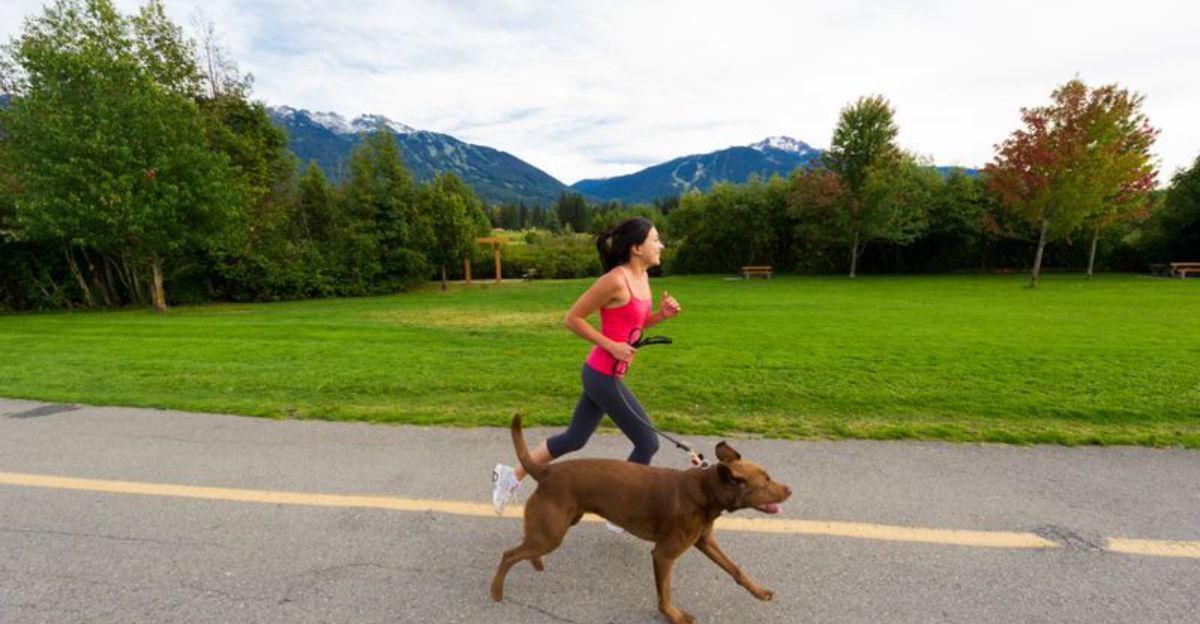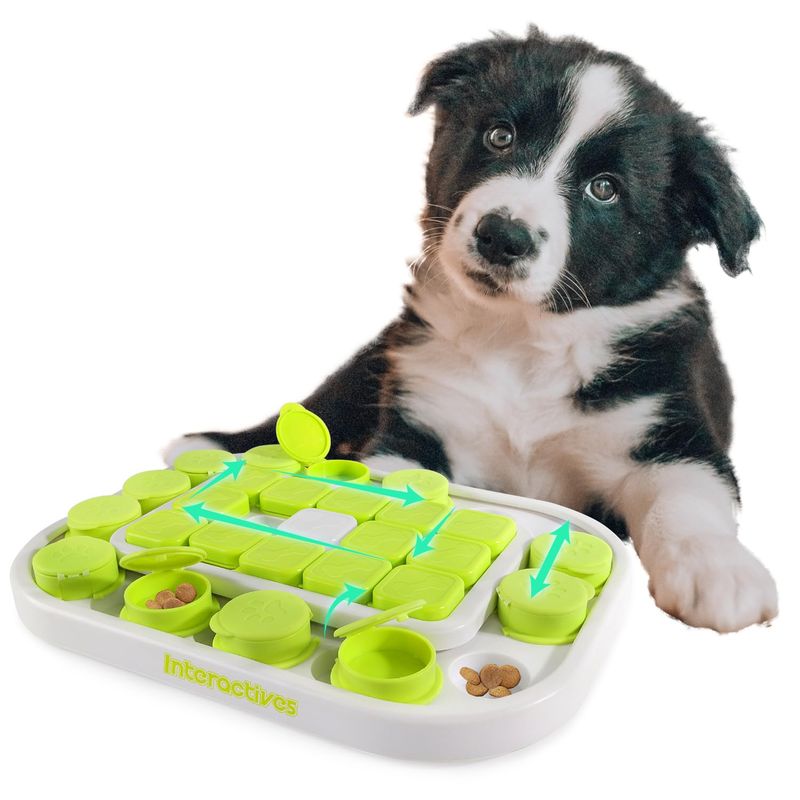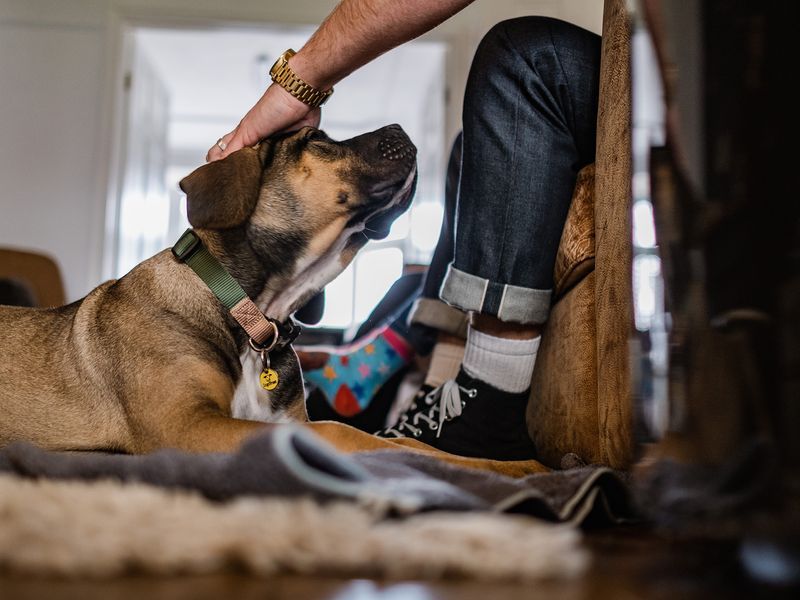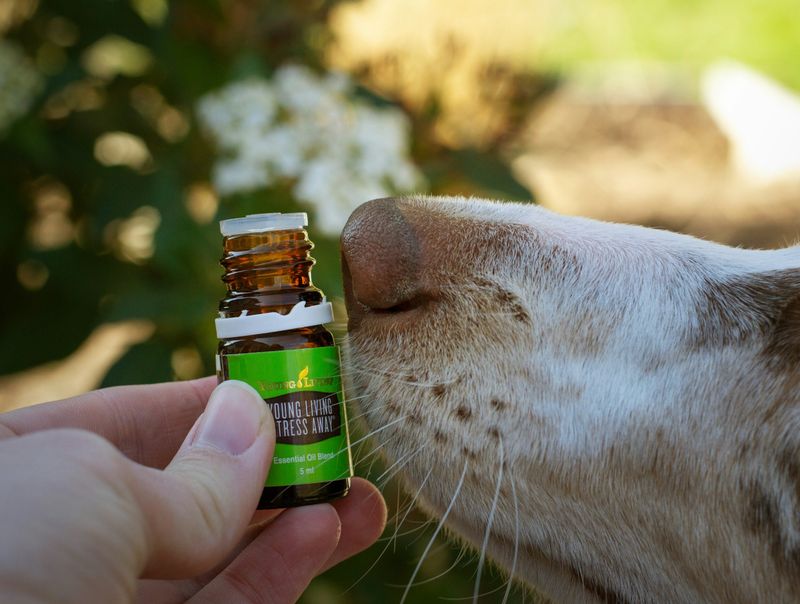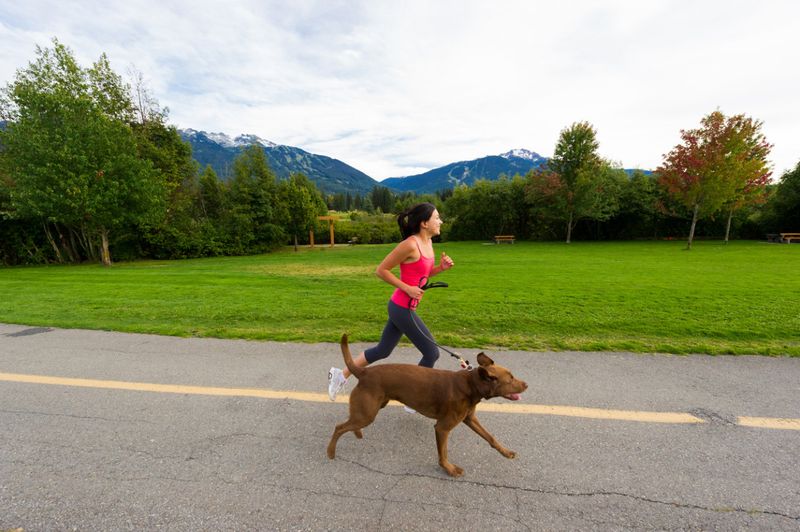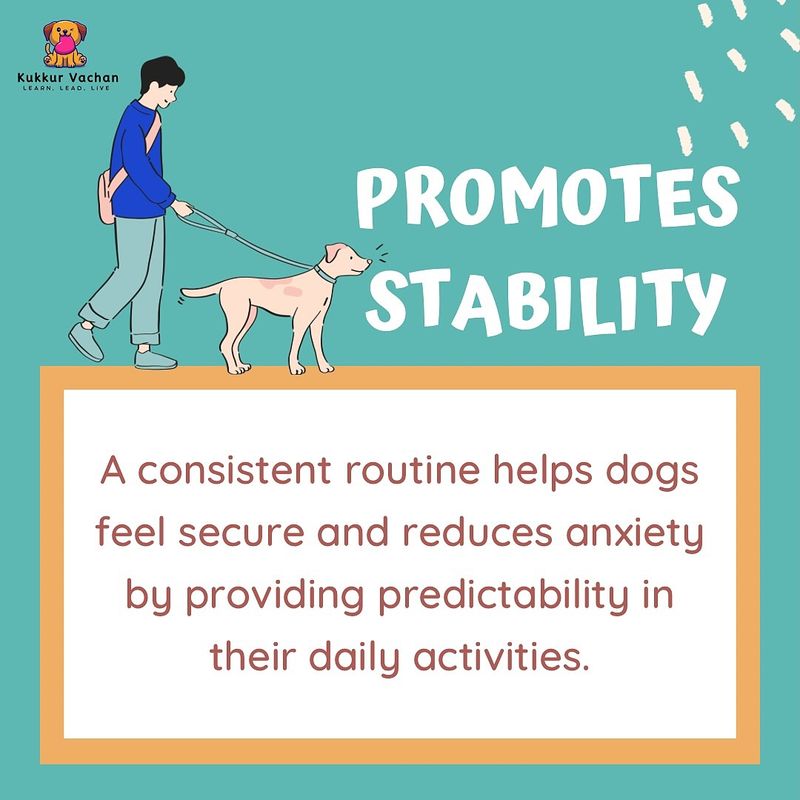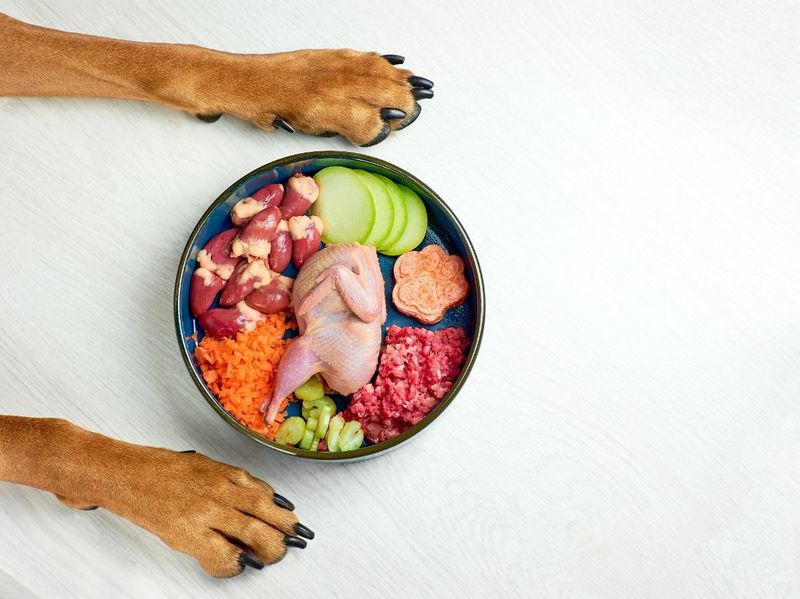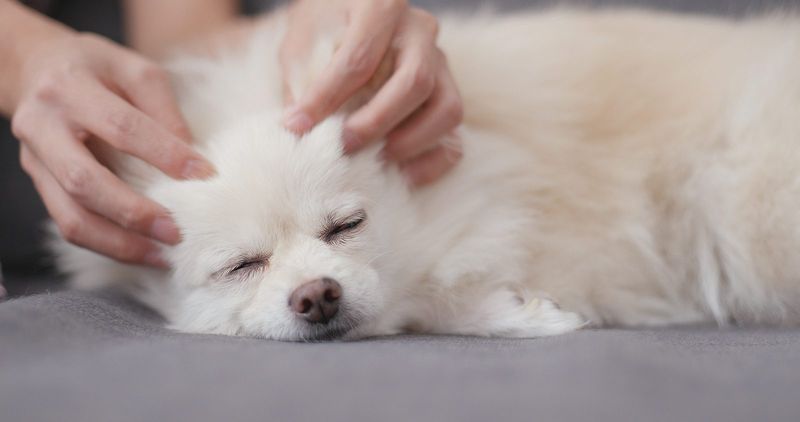Every dog owner knows the joy and chaos that come with an energetic dog. While their vitality can be infectious, it can also be overwhelming at times. This blog post explores nine gentle methods to help calm your lively canine companion. Whether your dog is a puppy or a senior, these techniques are tailored to suit any age and breed. Discover how to make life a little more peaceful for both you and your furry friend.
Interactive Toys and Games
Interactive toys captivate a dog’s attention and satisfy their curiosity. Puzzle toys, for instance, challenge your dog’s intelligence and keep them occupied for hours.
Choose toys that encourage problem-solving and reward with treats. This stimulates the mind and reduces restlessness.
Switch toys regularly to maintain interest. A variety of games and toys can prevent your dog from becoming bored, which often leads to hyperactivity.
Calm Training Techniques
Calm training techniques instill discipline and tranquility in dogs. Commands like “sit,” “stay,” and “lie down” promote patience and focus.
Use positive reinforcement to reward calm behaviors. This encourages your dog to remain composed in various situations.
Consistency is critical; practice regularly to reinforce the training. Over time, these techniques can transform an excitable dog into a well-mannered companion.
Relaxing Aromatherapy
Aromatherapy isn’t just for humans. Dogs also benefit from calming scents like lavender or chamomile. These scents can help ease anxiety and promote relaxation.
Use an essential oil diffuser in spaces where your dog spends time. Ensure the oils are safe for pets and used in moderation.
The soothing atmosphere created can make a noticeable difference in your dog’s demeanor, helping them unwind and stay calm.
Daily Exercise Routines
Regular exercise is essential for a dog’s well-being. Engaging in daily walks or runs helps burn off excess energy, keeping your dog fit and content. A simple game of fetch or a brisk jog can work wonders.
Mix up the routine to prevent boredom by exploring new trails or parks with different scenery. Remember, a tired dog is a calm dog, and regular physical activity is key.
Ensure the exercise matches your dog’s breed and age. Overexertion can be harmful, so adjust the intensity and duration accordingly.
Comfortable Resting Spaces
Creating a comfortable resting area is crucial for a dog’s relaxation. A soft bed or a cozy corner provides a sanctuary for your pet to unwind.
Consider the location; it should be away from heavy foot traffic and noise. A quiet, peaceful spot can significantly reduce a dog’s stress.
Regularly clean and maintain the resting space to create a welcoming environment. This safe haven can be a crucial element in calming an energetic dog.
Consistent Routine and Schedule
Dogs thrive on routine. Consistent meal times, walks, and play sessions provide structure and predictability. A structured day helps dogs understand what to expect, reducing anxiety.
Adapting to a new routine may take time, but persistence pays off. Gradually introduce changes and stick to them for the best results.
A well-organized schedule can be the foundation of a calmer, more settled dog.
Soothing Music and Sounds
Music can influence a dog’s mood. Soft classical or specially composed music for pets has calming effects. It can ease anxiety, especially during stressful times.
Play soothing music during the day or when you’re away. This background noise can comfort dogs and create a serene environment.
Experiment with different genres to find what works best for your dog. Music can be a powerful tool in calming an energetic pet.
Balanced Diet with Supplements
Nutrition plays a vital role in a dog’s behavior. A balanced diet can prevent hyperactivity and promote calmness. Certain supplements, like Omega-3 fatty acids, support brain health.
Consult with a vet to ensure your dog receives the proper nutrients. Tailor the diet to meet your dog’s specific needs.
Healthy eating habits contribute to overall well-being and can help modulate your dog’s energy levels effectively.
Gentle Massage Techniques
Massage can be a bonding experience for you and your dog. Gentle techniques reduce tension and promote relaxation. Focus on areas like the neck, shoulders, and back.
Use slow, methodical strokes to soothe your dog. This physical interaction strengthens your relationship and enhances trust.
Regular massages can be a delightful routine, helping your dog calm down and enjoy its serene effects.
